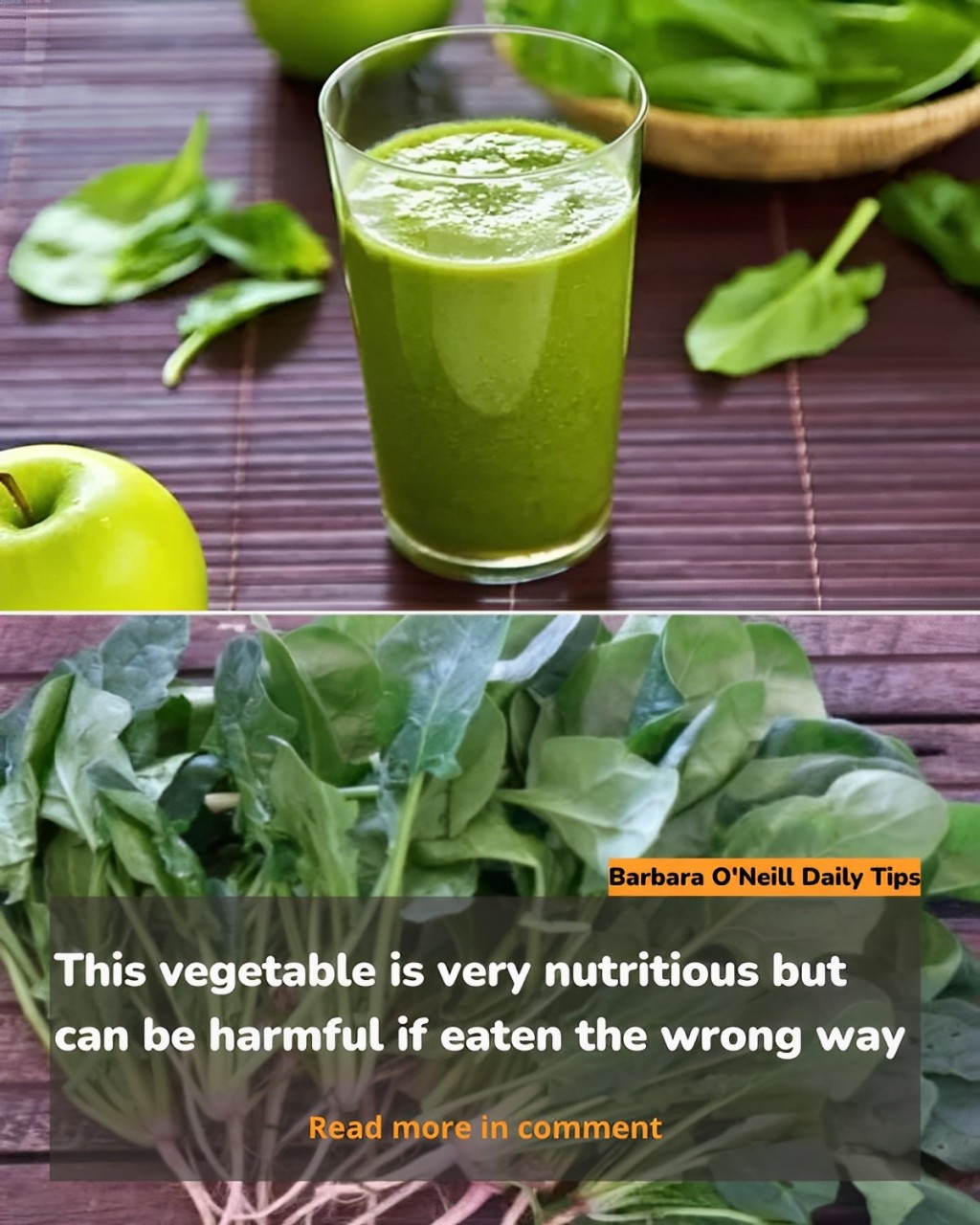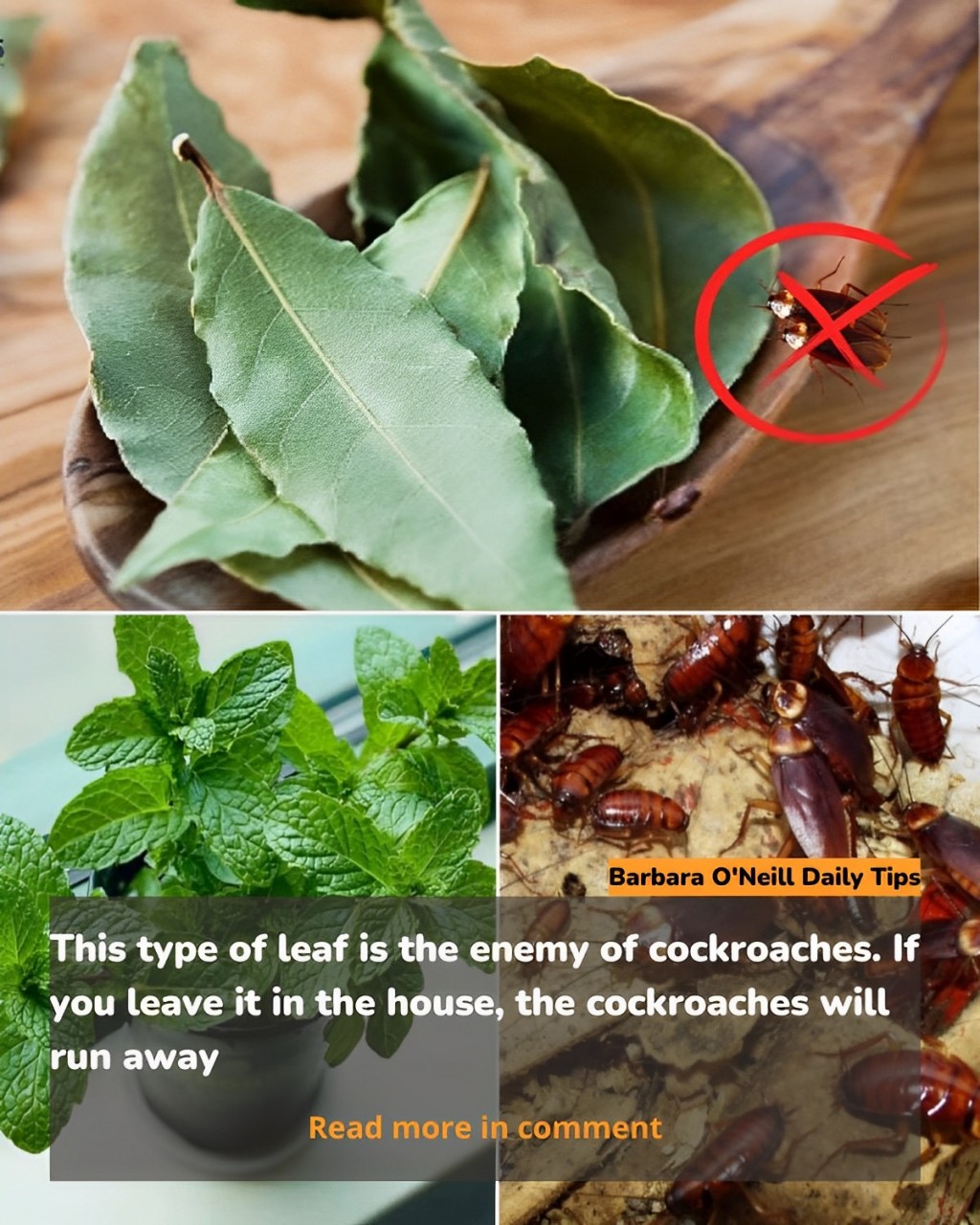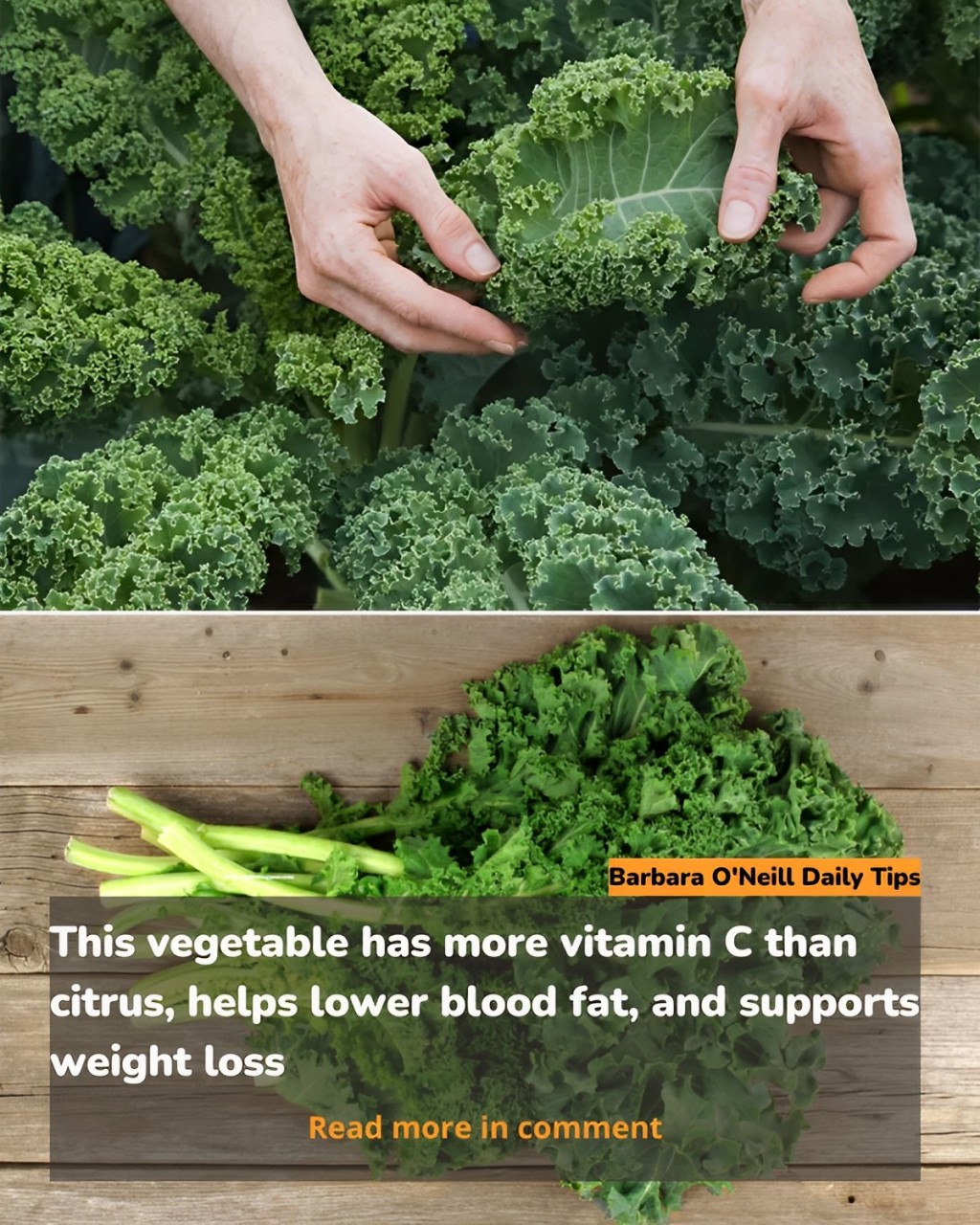In the complicated world of spices, where vibrant yellow turmeric and fiery red chili often steal the spotlight, there’s an understated hero that quietly underpins the flavor profiles of countless dishes worldwide: the bay leaf. This seemingly modest leaf, often tucked away on your spice rack, holds the power to transform a simple dish into something truly extraordinary. It’s time to shed light on why bay leaves deserve a front-row spot in your culinary adventures, from simmering stews to aromatic desserts.

A Leaf of Many Names: The Bay Leaf Unveiled
The bay leaf, derived from the bay laurel tree (Laurus nobilis), is no ordinary leaf. With its roots in the Mediterranean, this herb is celebrated for its aromatic and culinary versatility. Whether fresh or dried, bay leaves imbue dishes with a herbaceous, slightly floral, and subtly bitter depth that is both complex and comforting.
Adele Ledet, chef-instructor at the Auguste Escoffier School of Culinary Arts, explains, “Given their aroma, it is no surprise that their relatives are sassafras and cinnamon.” This connection underscores the bay leaf’s unique ability to impart a warm, resinous, and slightly sweet flavor to a myriad of dishes.
From Soups to Sweets
Bay leaves shine in a diverse range of culinary applications. They’re a staple in European, Middle Eastern, Southeast Asian, Caribbean, and American cuisines, illustrating their global appeal. Vandana Sheth, RDN, CDCES, FAND, highlights their role in slow-cooked dishes, where they release complex flavors that enhance the overall dish without overwhelming it.
Remarkably, bay leaves are not confined to savory dishes. Their minty, aromatic qualities can add a new dimension to desserts like panna cotta and pound cakes, proving their versatility in the kitchen.
Beyond Flavor
Bay leaves offer more than just taste; they possess antimicrobial properties courtesy of a natural compound called eugenol. This makes them a practical addition to pantry items for repelling insects and aiding in food preservation. Their application extends to pickling brines, marinades, and even in the brewing of liqueur and rum, showcasing their multifaceted uses.
Varieties of Bay Leaves to Explore

When it comes to bay leaves, not all are created equal. Each variety brings its own unique flavor profile to the table, turning a simple dish into a culinary exploration. Here’s a closer look at the different types of bay leaves you might come across and how their distinct characteristics can enhance your cooking.
Turkish Bay Leaves
Often referred to as the true bay leaf, Turkish bay leaves are a staple in many kitchens. They’re known for their subtle, sweet, and slightly floral flavor, making them incredibly versatile in cooking. Use these leaves in soups, stews, and Mediterranean dishes to add a layer of depth without overwhelming the other flavors.
Indian Bay Leaves
Distinctly different from their Turkish counterparts, Indian bay leaves have a flavor that resembles cinnamon with hints of clove. These leaves are a key ingredient in many Indian dishes, including biryanis and curries, infusing meals with a complex, aromatic warmth. They’re also an essential component of garam masala, a spice blend foundational to Indian cuisine.
Indonesian Bay Leaves
Also known as daun salam, Indonesian bay leaves offer a unique flavor that’s earthy and slightly smoky with a hint of citrus. They are perfect for enhancing Indonesian and Southeast Asian dishes, especially those with coconut milk bases, providing a depth that complements the rich, spicy flavors of the region.
West Indian Bay Leaves
Carrying an intense and spicy flavor, West Indian bay leaves are notable for their warmth, adding notes of cinnamon, clove, and nutmeg to dishes. They are a fantastic addition to Caribbean cooking, where they’re used in stews, rice dishes, and even in making the region’s famous bay rum.
Mexican Bay Leaves
Though less commonly found outside of Mexico, Mexican bay leaves are worth seeking out for their mild and subtly sweet flavor. They blend well into the complex flavors of Mexican stews, sauces, and bean dishes, adding a gentle aromatic touch without dominating the dish.
California Bay Leaves
California bay leaves are known for their strong and somewhat pungent flavor, with eucalyptus and floral notes. They are more potent than Turkish bay leaves, so a little goes a long way. Use these leaves sparingly in dishes that can handle a bold flavor, such as hearty meat dishes and robust soups.
Choosing and Using Bay Leaves in Cooking
Each variety of bay leaf has its own ideal culinary uses, but don’t be afraid to experiment. If a recipe calls for a specific type of bay leaf and you have another variety on hand, try it out. You might discover a new flavor combination you love. Keep in mind, though, that some types, like the California bay leaf, are much more potent than others, so adjust quantities accordingly.
Can You Eat Bay Leaves?
Contrary to popular belief, bay leaves are not poisonous. However, their tough texture and sharp edges make them unsuitable for consumption. It’s best to remove them before serving a dish to avoid any potential discomfort.
Embracing Bay Leaves in Your Tampa Kitchen
Incorporating bay leaves into your cooking routine can elevate your dishes with minimal effort, offering a gateway to exploring richer flavors in your daily meals. Here’s how to fully embrace the aromatic charm of bay leaves in your Tampa kitchen, ensuring every dish benefits from their unique flavor profile.
Selecting and Storing Bay Leaves
Quality Matters: When choosing bay leaves, opt for those that are vibrant green and free from browning or tears. Fresh bay leaves can sometimes be found in local markets in Tampa, offering a more potent flavor than their dried counterparts. However, dried bay leaves are more commonly used and accessible, retaining their aroma and taste for months.
Organic Options: Consider seeking out organic bay leaves. They’re not only free from pesticides but often boast a more robust flavor. Tampa’s farmers markets and specialty stores are great places to look for organic spices.
Storage Solutions: Store bay leaves in a cool, dark place in an airtight container to preserve their essential oils and aroma. If you’ve embraced the sustainable step of growing your own bay laurel tree, you can dry the leaves yourself before storage. Remember, whether store-bought or homegrown, bay leaves can lose their potency over time, so it’s best to replace them every six months to a year.
Cooking with Bay Leaves
Infusing Flavors: Bay leaves are not just for soups and stews. Their unique flavor can enhance a variety of dishes, from rice and pasta sauces to casseroles and even some desserts. The key is to allow the bay leaves enough time to impart their flavor, making them perfect for slow-cooked dishes.
Diverse Dishes: Experiment by adding a bay leaf to your next pot of beans, lentils, or in the water when boiling potatoes for an extra layer of flavor. For those with a sweet tooth, infuse a bay leaf in milk when making custards or rice pudding, offering a subtle minty note.
The Removal Rule: Always remember to remove the bay leaf before serving your dish. While they’re fantastic for adding depth of flavor, their tough texture makes them unpleasant to eat directly.
Beyond the Kitchen
Health Benefits: Apart from their culinary uses, bay leaves have been associated with various health benefits, including aiding digestion and possessing anti-inflammatory properties. Incorporating bay leaves into your diet can be a simple way to tap into these benefits.
DIY Aromatics: Don’t discard old bay leaves that might have lost some of their culinary potency. They can still be used to create aromatic experiences in your home. Simmering a few leaves in water can fill your kitchen with a pleasant fragrance, and adding them to homemade potpourri or sachets can bring a fresh scent to your drawers and closets.
Embracing bay leaves in your kitchen is about more than just adding them to your favorite recipes; it’s about exploring their versatility and the subtle complexity they can bring to your culinary creations. Whether you’re a seasoned chef or a home cooking enthusiast in Tampa, bay leaves offer a simple yet effective way to deepen the flavors in your dishes, promising a delightful taste experience with every meal.





